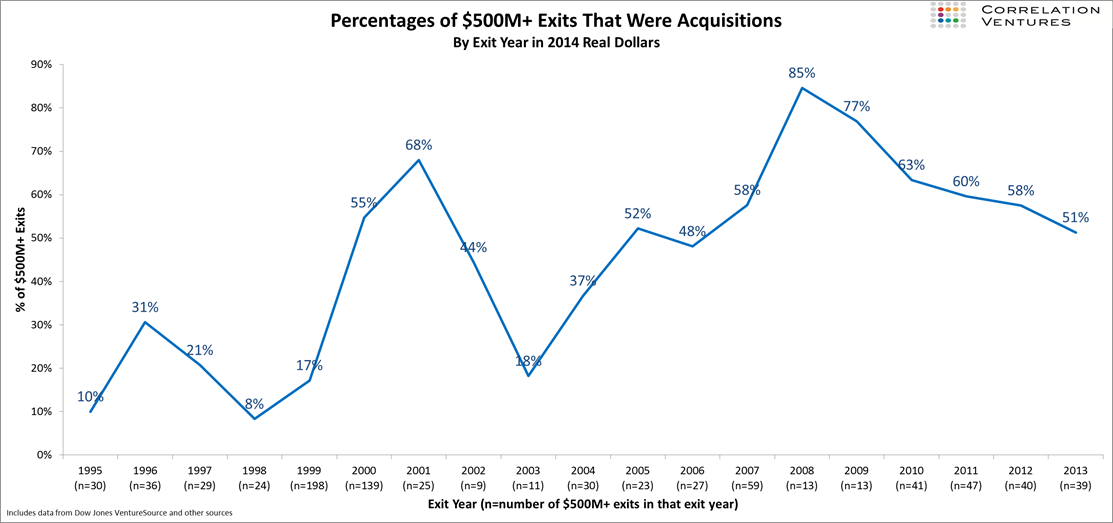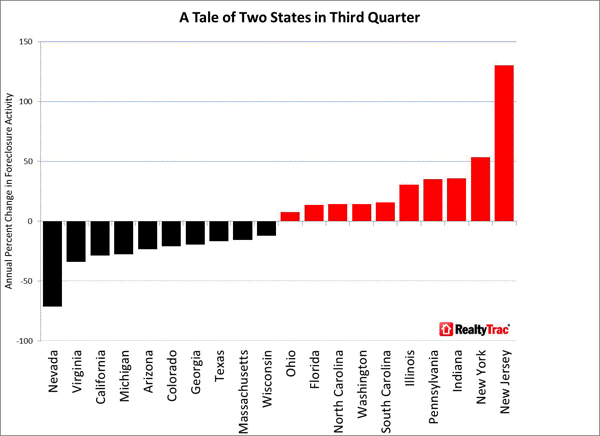The adventurers The pros and cons of investing in unlisted companies Professional Adviser
Post on: 10 Июль, 2015 No Comment

Chris Hutchinson, fund manager at Unicorn Asset Management, outlines the risks and benefits of investing in unlisted companies.
Venture Capital Trust (VCTs) were initially established to encourage individuals to invest indirectly in a range of small, higher-risk trading companies whose shares and securities are not listed on a recognised stock exchange.
By investing in a VCT, individuals are able to spread their investment risk over a number of companies, whilst also benefiting from attractive tax breaks. For the trading companies themselves, the VCT vehicle offers access to capital to help them develop and grow.
During the past 17 years VCT managers have raised over 4.2bn. This amount represents a very significant injection of capital into small, growing companies, that might otherwise have found it difficult to bridge the funding gap.
Budget changes
The changes proposed in the budget will enable more companies to access VCT capital. The sector, under the umbrella of the Association of Investment Companies, has been lobbying hard for these changes since the limits were reduced five years ago.
From 6 April 2012, the size of company which qualifies will be increased to include those which have no more than 15m gross assets before investment. This represents a considerable increase over the current limit of 7m and will return the size limit to that last applying in April 2006.
The proposals will also increase the number of employees the company may have from 50 to 250.
The annual amount which a company can raise through both EIS and VCTs in any 12 month period will be increased from 2m to 10m.
From an investors point of view, the rules are relatively straightforward. To be eligible, investors must be UK residents and be aged over 18. The maximum annual subscription is 200,000.
The tax reliefs that apply to investment in a VCT are attractive; subscribers receive 30% income tax rebate on the cost of initial investment provided the VCT shares are held for at least five years and that the investor has paid the equivalent amount in tax in the tax year in which the investment is made. There is no tax payable on dividends received and no capital gains tax payable on disposal. Capital gains on all investments made by a VCT are also free of tax.

For high-earners facing ever greater income tax bills, the attractions of investment in a VCT are becoming increasingly compelling. Although the performance of the VCT sector as a whole has been variable, there are a number of generalist and AIM focused VCTs which have long-established and successful track records.
One of the key factors when considering investment in a VCT should be the capacity to pay regular, attractive and sustainable tax free dividend income over the initial five year holding period.
A newly launched VCT is unlikely to be able to deliver on this objective, especially not in the short term, since distributions can only be made from the realised capital gains and revenues received from investments made within the VCT.
A new VCT has to focus initially on investing the capital raised at launch and therefore is unlikely to be generating capital gains or earning significant income from cash held on deposit awaiting investment.
HMRC rules require all VCTs to have 70% of their total assets invested in VCT qualifying companies within three years of launch. Such VCTs are therefore unlikely to be in a position to make meaningful distributions in the first three years.
Clearly, a maturing VCT with an established and strongly performing portfolio of investments is in a much better position to make regular dividend payments. Offers for subscription from older, more established funds are now becoming a feature of the market.














